Where do you turn when you need a little Vorsprung durch Technik? With innovation and elegance in equal measure, German marque Audi has revolutionised the luxury car industry for over a century.
In the latest instalment of our On Your Marques! series, we explore the fascinating Audi history, paying tribute to its legendary cars, decoding its catchy slogan, and exploring the story of where the iconic four rings came from.
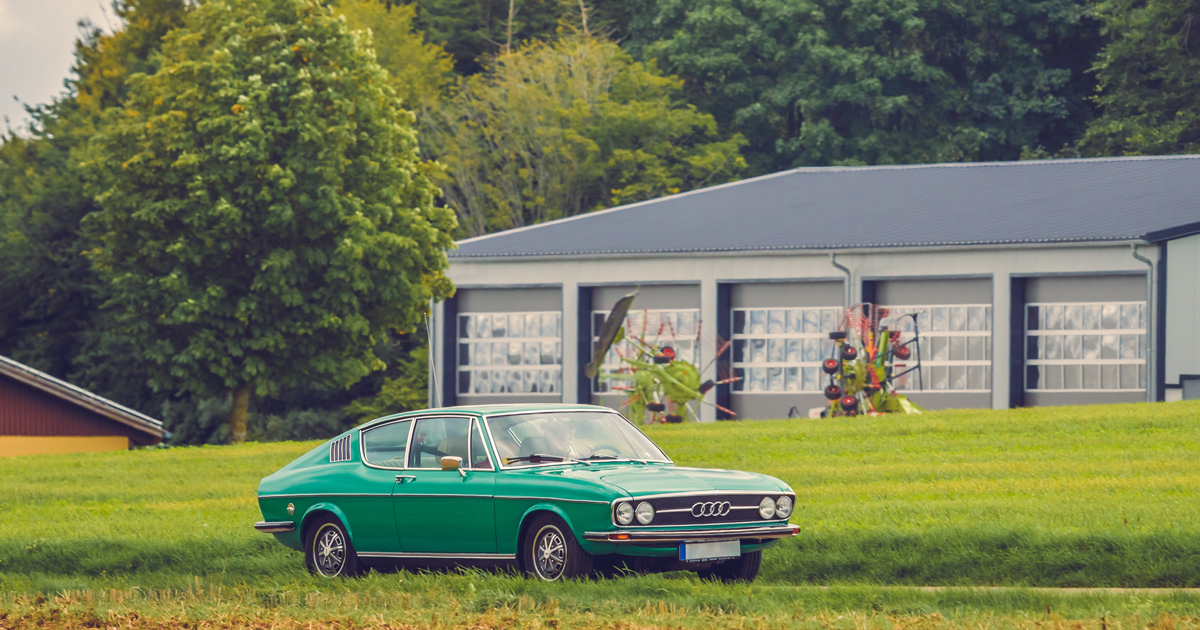
Image: Gaschwald - stock.adobe.com
When and where was Audi founded?
In 1899, German engineer August Horch started a motor company in Cologne, called A. Horch & Cie. In 1909, after disagreements with the chief financial officer, Horch left and started a rival company with a similar name. However, after being sued by his former partners for trademark infringement and subsequently prohibited from using the trade name ‘Horch’, the entrepreneur had to think outside the box when naming his new venture.
He eventually settled on the word ‘Audi’, which comes from the Latin translation of Horch, which means ‘to listen’. As such, in 1910, Audi Automobilwerke GmbH Zwickau was registered and Audi was officially born.
As for the question of where Audi was founded, the answer is in the company name: Zwickau, a large city in the German state of Saxony. While Audis are now produced around the world – with facilities in Hungary, Belgium, Mexico and China – the Audi Q4 e-tron is still built in Zwickau, at the Volkswagen Zwickau-Mosel Plant.
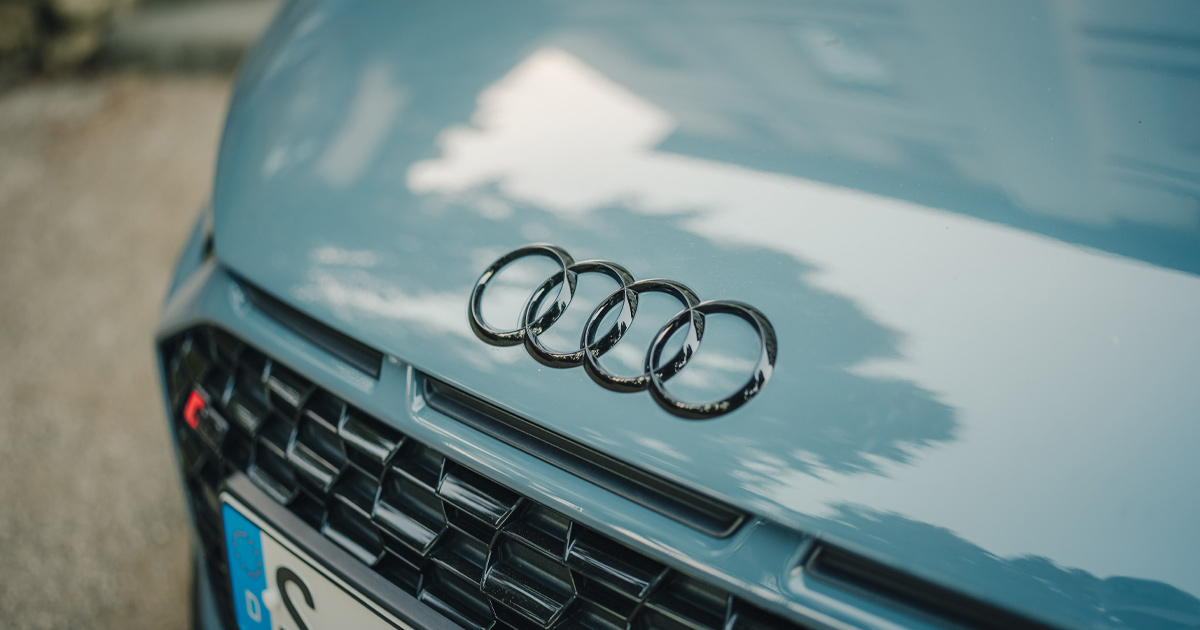
Image: Ultimate Driving Tours
The history and significance of the Audi logo
Alongside marques such as Ferrari, Audi has one of the most distinctive and simple logos in motoring. Its story takes us back to 1932, when four Saxony-based car brands merged to form Auto Union AG.
Under the newly merged company, the brands would all focus on specific areas of the market, and included DKW (focusing on small cars and motorcycles), Wanderer (midsize cars), Horch (high-end luxury cars), and Audi, which would focus on deluxe midsize cars. The four interlocking rings represent the four companies. When Volkswagen took over Auto Union in 1965, it was the Audi brand that received the four-ring design.
Audi’s logo history has not been free from controversy. In 1995, the Olympic Committee took Audi to court as the four-ring logo was said to look suspiciously similar to the five interlocking rings of the Olympic emblem. However, the case was ruled in Audi’s favour and the logo remained unchanged.
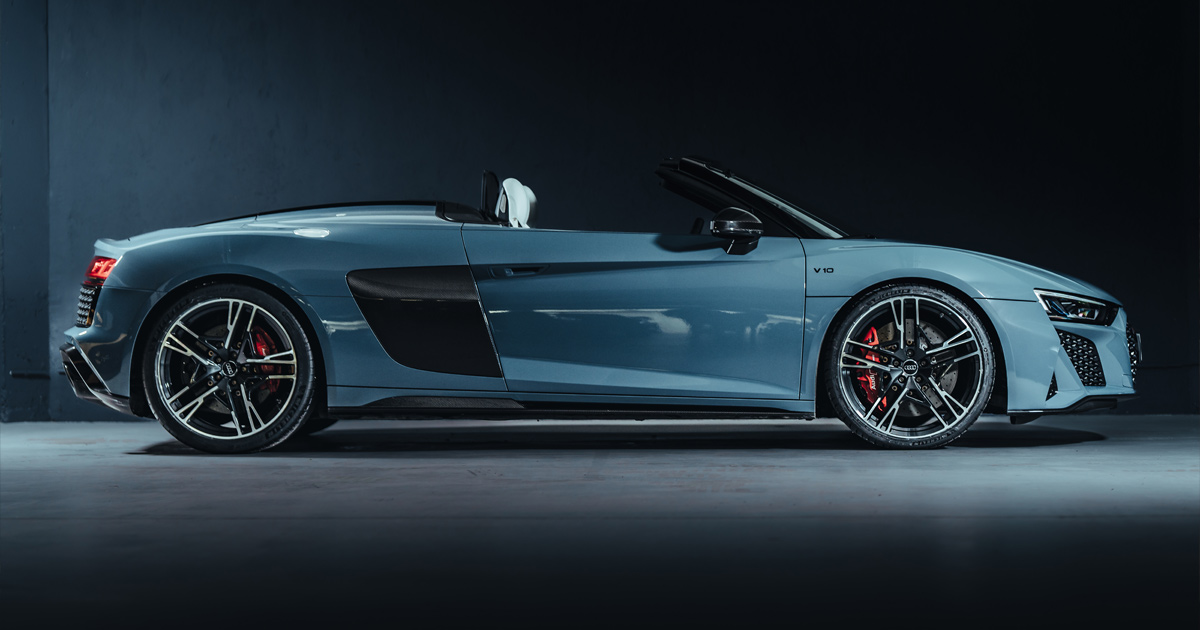
Image: Ultimate Driving Tours
Why Audi is a standout luxury car maker
Aside from its notable logo, what is Audi best known for? In short, quality, elegance and innovation are at the heart of the Audi brand. But there’s more to this success story.
Starting with design, Audis follow a minimalist philosophy, with clean lines, understated luxury and a powerful presence. Audis are also quite distinctive thanks to enduring design cues shared across generations, such as the bold Singleframe grille.
Yet it’s the engineering and quality that really make Audi, Audi. Most famously is the permanent all-wheel-drive system, better known as quattro. Introduced in 1980 with Audi’s aptly named Quattro rally car, the quattro system delivers optimal power to each wheel, improving performance and maximising traction in various driving conditions. It became the foundation for Audi’s rally success in the eighties and embodied the marque’s transfer of racing experience into mainstream production.
Audi is also known for its lightweight construction techniques, using materials like aluminium and carbon fibre to improve performance and efficiency. The Audi Space Frame (ASF) is a prime example of this, enhancing rigidity while reducing weight.
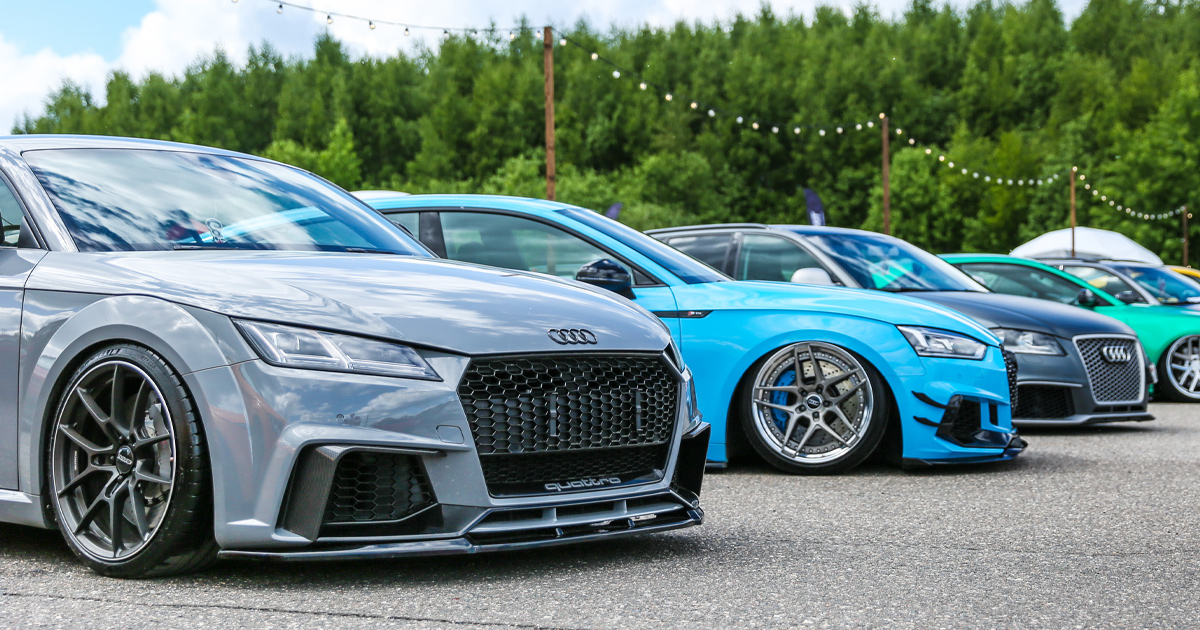
Image: Петр Смагин - stock.adobe.com
Audi’s legendary motto
The Audi motto, Vorsprung durch Technik, is one of motoring’s most iconic taglines, meaning “progress through technology” when translated from German. Introduced in 1971, the legendary slogan underlines Audi’s decades of expertise and innovative approach to its vehicles. It’s a fitting message for a brand that has always been known as an active driver of change.
The slogan made a splash around the world because it was unusual in that it retained its original German wording when used in international advertising, both in the UK and USA.
Celebrating the motto’s 50th anniversary in 2021, Audi executive Hildegard Wortmann explained, “Audi is the most progressive premium brand because we always view the future as an opportunity and shape it actively. ‘Vorsprung’ is a state of mind.”
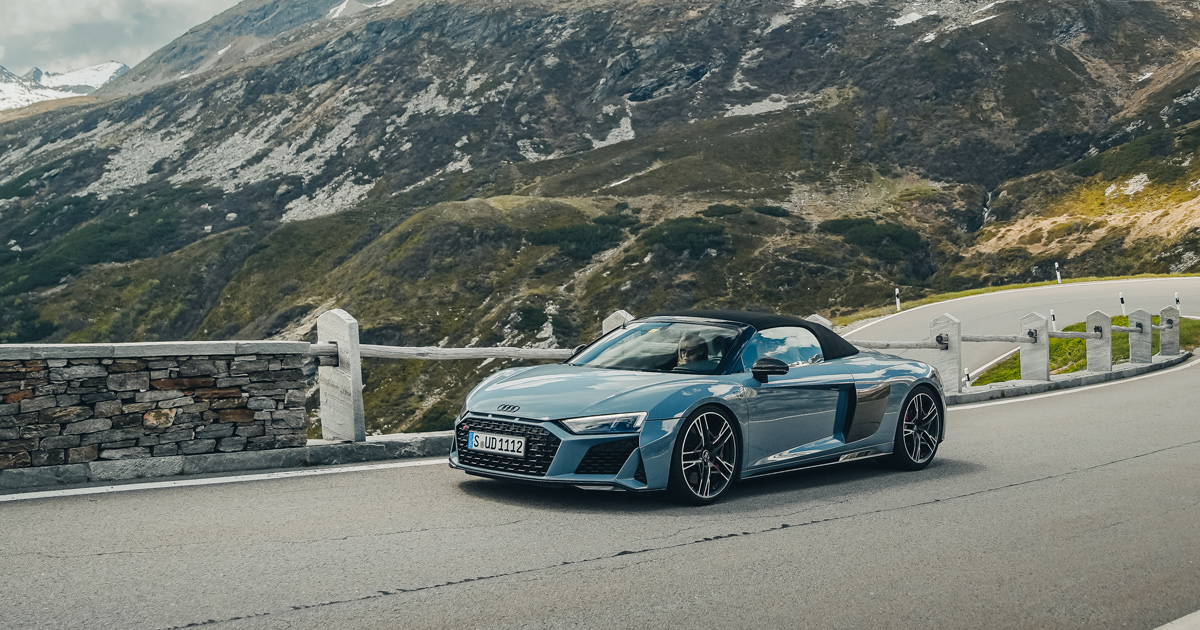
Image: Ultimate Driving Tours
The Audi R8: a modern icon
Over the last two decades, Audi achieved near perfection with one incredible car: the R8.
Based on the design of the influential Audi Le Mans Quattro concept car, the R8’s history dates back to the 2006 Paris Auto Show. Here it was launched as Audi’s very first supercar – and what a remarkable car it was.
The R8 featured a sophisticated but striking design, with a sleek body, strong Singleframe grille, slimline LED headlamps (the first production car with this feature), and a luxurious interior. The design was typically understated but simultaneously able to turn heads.
It was an exhilarating drive, with a 4.2-litre V8 engine, which soon became a 5.2-litre V10 as standard. Of course, it also featured Audi’s trademark quattro system for exceptional control, come rain, shine or snow. Along with sensible features and genuine comfort, the R8 truly embraced Vorsprung durch Technik and was just as comfortable nipping to the supermarket as it was zipping around a track.
Just like Aston Martin’s James Bond connection, Audi made its own mark on the silver screen with the R8. Trading spies for superheroes, the R8 was the personal vehicle for Tony Stark throughout six films in the Marvel Cinematic Universe, including the Iron Man trilogy, Captain America: Civil War, Avengers: Age of Ultron, and Spider-Man: Homecoming.
After 18 years in business, the R8 was discontinued in early 2024. Audi is yet to reveal a successor, but it’s safe to say that the R8 leaves big shoes to fill as one of the finest cars in the history of Audi.
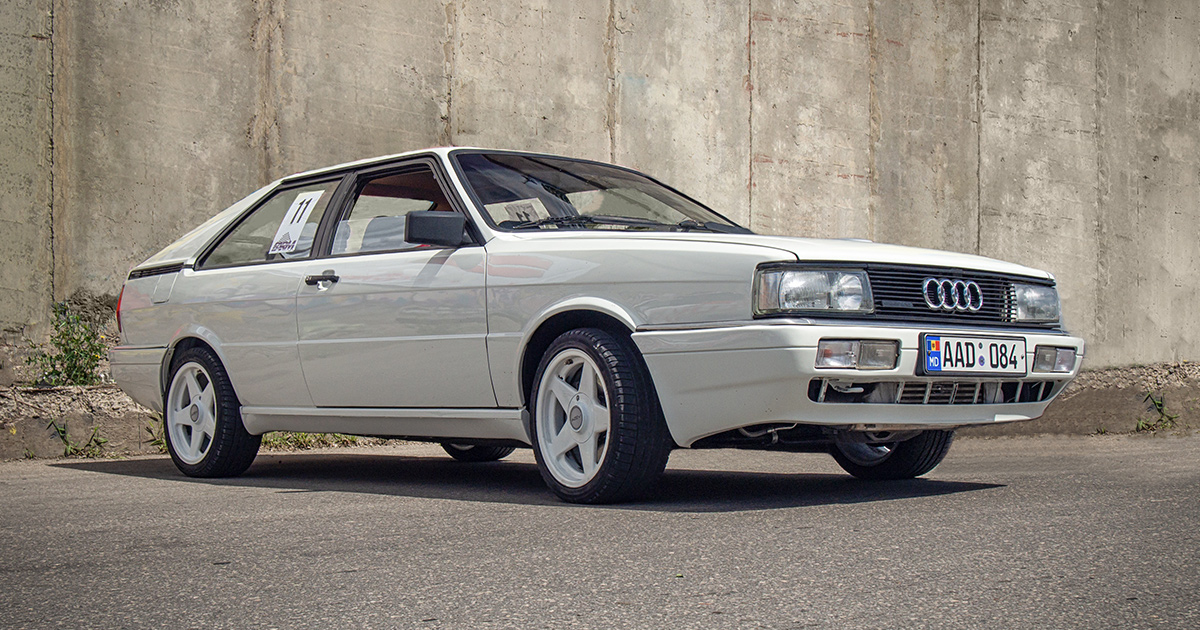
Image: Belogorodov - stock.adobe.com
Audi’s most iconic models
There’s been no shortage of Audi legends over the last century. Here are our picks for the most iconic Audi models to ever grace the roads.
Audi 100
The Audi 100 is the car many see as the start of Audi’s modern history. When it was launched in 1968, the 100 helped establish the German marque as a serious contender in the executive car market. It featured a lightweight saloon body, handsome styling, a generous cabin and a 1.7-litre engine capable of delivering 115 hp. Such was its appeal, the 100 drew an army of new buyers to Audi, with more than 800,000 sold across its lifetime. The 100 may not have been as adventurous as others on this list, yet it undoubtedly paved their way.
Audi Quattro
Launched in 1980, the Audi Quattro is perhaps the most iconic Audi of all time. It’s certainly the most influential. Also known as the Ur-Quattro, this motorsport legend featured a wedge shape typical of the era and a 2.1-litre turbocharged engine capable of delivering 203 horsepower. All very impressive, but the headline feature was the inclusion of Audi’s permanent four-wheel-drive system that offered unparalleled handling in all conditions. This truly established the marque as a serious innovator and the Quattro as a true legend.
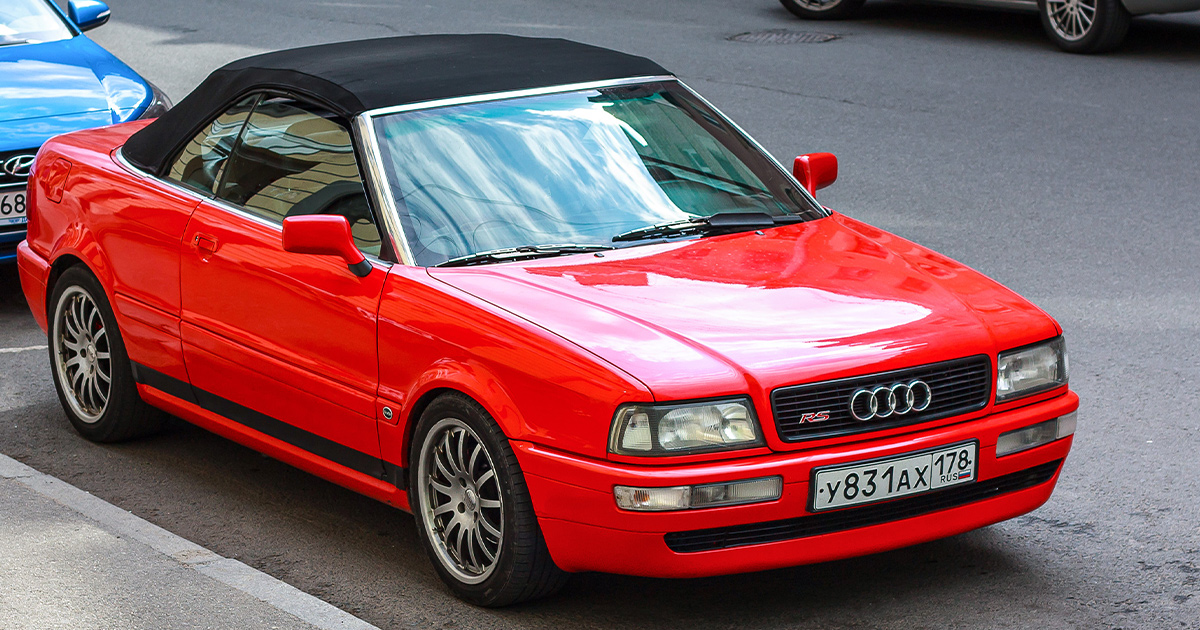
Image: Maxim Kukurund - stock.adobe.com
Audi 80 Cabriolet
The Audi 80 Cabriolet earns its hero status because of who drove it. In 1994, an Audi dealership gifted a dark green 80 Cabriolet to Diana, Princess of Wales, who was at the height of her fame. Bucking the trend of British royalty driving British luxury cars, Diana was often seen driving this stylish convertible around London and racked up 4,000 miles before returning it to the dealership. It undoubtedly became one of the most photographed cars of the nineties.
Audi RS2
When it arrived in 1994, people would argue that the RS2 was completely unnecessary. After all, who really needed an estate car with a fiery 2.2-litre turbocharged engine producing 311 bhp? Many, it turned out. Co-developed by Porsche, the RS2 instantly hit iconic status and helped popularise the fast family car trend. It could reach 0 to 62 mph in 4.8 seconds and was faster than a Formula 1 car up to 30mph due to its prodigious torque and traction. Not bad for a vehicle that could carry a family and some flat-pack furniture.
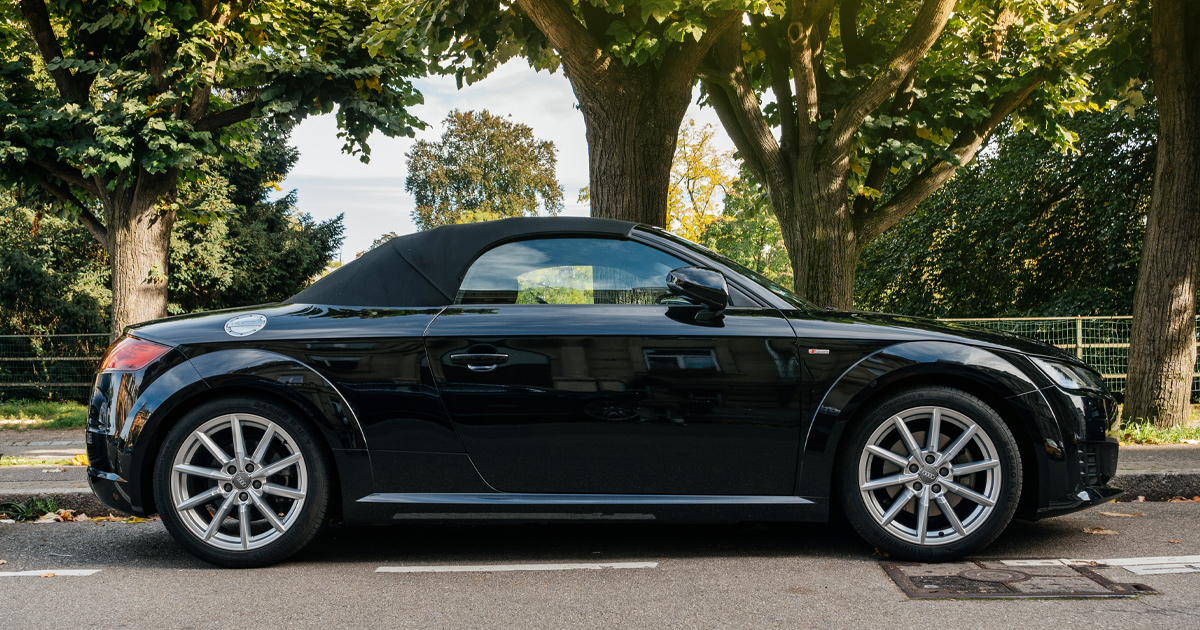
Image: ifeelstock - stock.adobe.com
Audi TT
Stylish, accessible and a blast to drive, the original Audi TT helped rejuvenate Audi’s brand image and appeal to a younger audience when it was launched in 1998. Most notably, it featured an unusual retro-futuristic curved shape that was completely different to anything of the time. Along with a 1.8-litre turbo engine (achieving 0 to 60 mph in 6.1 seconds), quattro all-wheel-drive technology, and a direct-shift gearbox (DSG), the TT proved a huge hit. It saw several generations before it was discontinued in 2023, yet it’s the original that made the TT an icon in Audi history.
Audi R8
Audi broke new ground in 2006 with the R8 – its entry into the supercar market. The R8 quickly became the flagship for Audi’s engineering prowess and cemented its place in popular culture. Over the 18 years it was in production, the world saw many iterations including our favourite: the R8 V10 Spyder. The noise on this beast is simply incredible. With a 5.2-litre naturally aspirated V10 engine, it’s powerful, gorgeous, and extremely driver-friendly. No wonder it’s become a firm guest favourite among our epic supercar fleet.
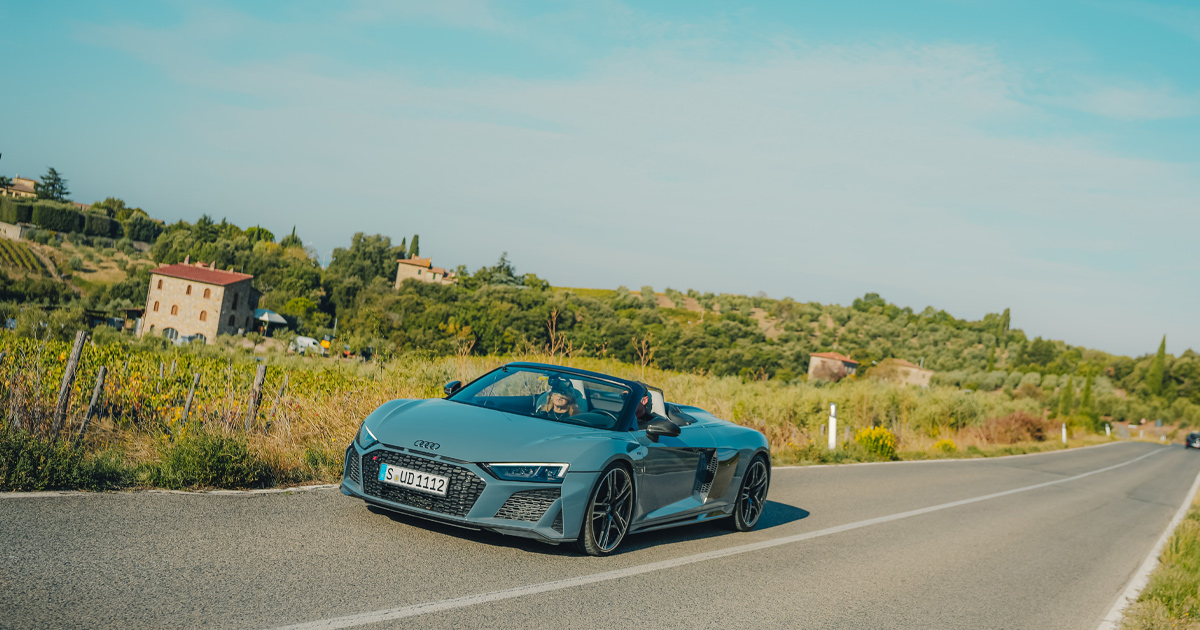
Image: Ultimate Driving Tours
In brief: Audi’s company timeline & key highlights
With roots stretching back more than 120 years, Audi’s timeline is packed with highlights. Here’s an overview of important moments in the company’s history.
1910: Audi is born
While Audi history technically begins in 1899 with August Horch’s first motor company, 1910 marks the establishment of Audi Automobilwerke GmbH Zwickau in the Saxon city of Zwickau.
1932: Auto Union AG
Four Saxony-based car brands including Audi merge to form Auto Union AG. Each brand specialises in one area of the market, with Audi focused on deluxe midsize cars.
1965: Volkswagen takeover
Volkswagen AG acquires a 50% holding in Auto Union AG, saving the business from financial difficulties and laying the foundation for the modern Audi brand.
1968: Launch of the Audi 100
Auto Union AG launches the Audi 100, establishing Audi as an independent brand in the upper mid-size segment of the market.
1971: First use of ‘Vorsprung durch Technik’
The celebrated Audi slogan Vorsprung durch Technik is weaved into its global advertising campaigns.
1980: Quattro arrives
Featuring the new quattro permanent four-wheel-drive system, the legendary Audi Quattro is shown at the 1980 Geneva Motor Show and is produced until 1991.
1985: Renaming of Audi
Longstanding parent company Auto Union is officially renamed Audi AG and its headquarters moves to Ingolstadt.
1998: Audi TT is launched
First shown as a concept car at the 1995 Frankfurt Motor Show, the Bauhaus-inspired TT launches in 1998 and refreshes Audi’s image as it approaches the millennium.
2006: Audi R8 era begins
The Audi R8 is officially unveiled at the Paris Auto Show in September 2006 and becomes an instant classic.
2019: First electric Audi
Audi’s first fully electric e-tron SUV goes into production, ten years after the concept was shown at the 2009 International Motor Show Germany.
2020: Full Volkswagen takeover
Audi becomes a wholly owned subsidiary of the Volkswagen Group after the company takes over all remaining shares.

Image: Ultimate Driving Tours
Experience Audi’s legendary R8 on roads that do it justice with Ultimate Driving Tours
If you have enjoyed reading about Audi history, why not spend some one-on-one time with the exceptional Audi R8 V10 Spyder while enjoying a luxurious adventure? This stunning car can be enjoyed as part of our signature supercar driving tour of Europe.
Our European Supercar Tour gives you the unique and immersive experience of driving a fleet of latest-release supercars across five countries, staying in five-star boutique hotels, dining in Michelin-star restaurants, and enjoying the finer things in life. After four days of driving, you will trade car keys for chilled champagne on board our exclusive superyacht in Monaco for an unforgettable weekend at the iconic Monaco Grand Prix.
You can learn more about this bucket-list experience or any of our European adventures by speaking with our friendly travel concierge team today.
Share Article
